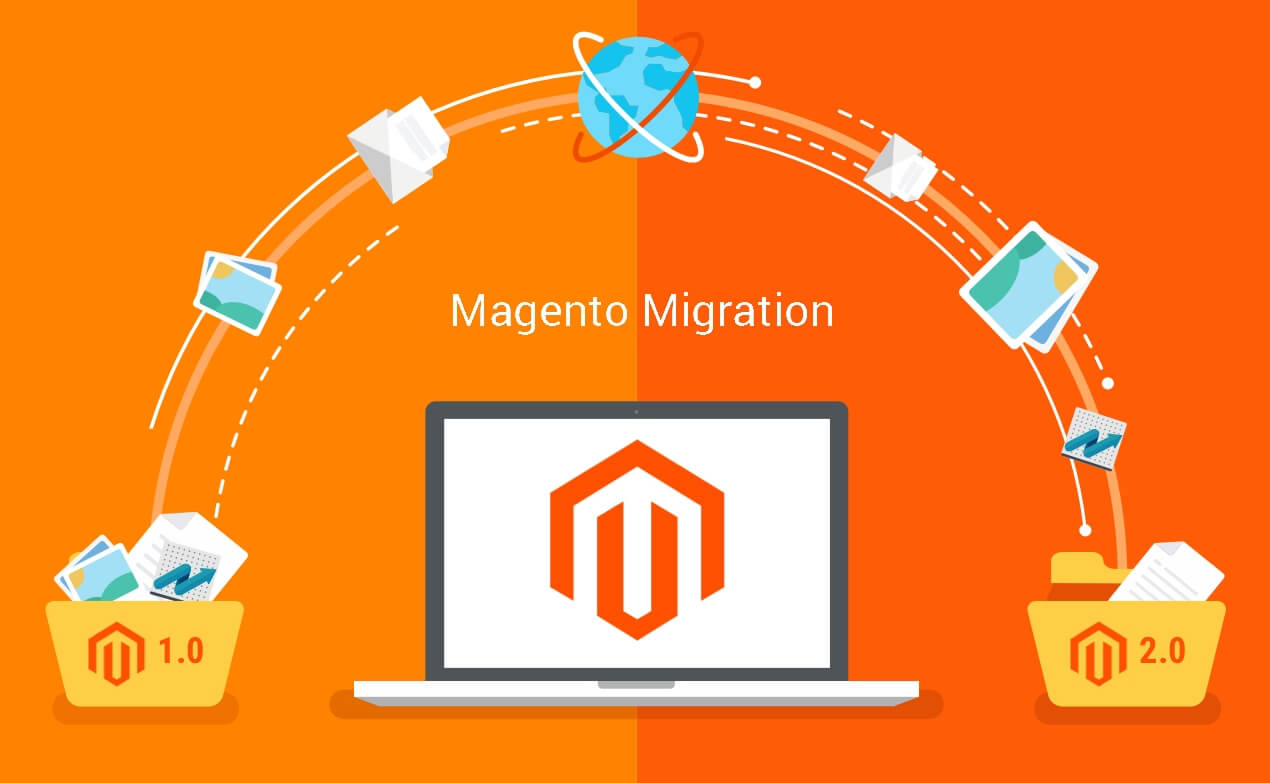Migrating from Magento 1 to Magento 2
With Magento 1 reaching its end of life (EOL) in June 2020, migrating to Magento 2 has become an essential step for businesses that wish to continue benefiting from a robust, secure, and feature-rich eCommerce platform. Magento 2 offers enhanced performance, modern features, and improved security to scale your business. This guide outlines the steps involved in migrating from Magento 1 to Magento 2.
Steps Involved in Migrating from Magento 1 to Magento 2
1. Evaluate Your Current Magento 1 Setup:
Begin by auditing your existing Magento 1 store. Identify the customizations, integrations, and third-party extensions that you are currently using. This helps in determining which features need to be migrated or re-implemented in Magento 2.
2. Choose the Right Hosting Environment:
Magento 2 has higher server requirements than Magento 1, so it's crucial to select a hosting provider that supports Magento 2's architecture. Ensure that your hosting environment is optimized for performance and scalability.
3. Migrate Data (Products, Customers, Orders):
Use the Magento 2 Data Migration Tool to transfer your store's data, including products, customer information, and order history. This step is critical to ensure that your business operations continue smoothly post-migration.
4. Install and Configure Magento 2:
Install Magento 2 on your new hosting environment, configure the platform settings, and ensure that all essential features are enabled, including SEO settings, caching, and security options.
5. Rebuild Custom Features and Extensions:
Review your custom Magento 1 features and re-develop them for Magento 2 compatibility. Not all Magento 1 extensions are available for Magento 2, so you may need to find new extensions or custom build new functionalities.
6. Test Your Store:
Thoroughly test your Magento 2 store to ensure everything is functioning correctly. Check for broken links, product display issues, payment gateway integrations, and shipping options. Perform performance tests to ensure that the store runs smoothly under traffic loads.
7. Launch and Monitor the New Store:
Once you have confirmed everything is working, launch your Magento 2 store. Keep monitoring the store’s performance, security, and user experience to ensure everything is running smoothly.
Additional Tips for a Successful Migration
1. Backup Your Magento 1 Store:
Before starting the migration process, it's important to back up your Magento 1 store. This includes your database, files, and custom code. In case anything goes wrong, you’ll have a backup to revert to.
2. Use a Staging Environment:
Set up a staging environment for Magento 2 before migrating your live store. This allows you to test the migration process and resolve any issues without affecting your live store.
3. Consider Professional Help:
If you don’t have the technical expertise in-house, consider hiring an experienced Magento development agency to help with the migration process. They can ensure the migration is done smoothly and efficiently.
4. Don’t Skip SEO Migration:
Magento 2 has enhanced SEO features, but it’s important to ensure that your SEO settings are correctly migrated. Check URLs, metadata, and page titles to maintain your rankings and organic traffic.
5. Take Advantage of Magento 2 Features:
Magento 2 offers many new features that were not available in Magento 1, such as better performance, improved admin panel, and better mobile responsiveness. Take advantage of these features to enhance your store’s functionality.
Common Challenges During Migration
1. Data Migration Issues:
One of the most common issues during migration is transferring large volumes of data, such as customer information, orders, and product details. Ensure proper planning and use of the Magento Data Migration Tool to handle this process smoothly.
2. Compatibility of Extensions:
Not all extensions available for Magento 1 are compatible with Magento 2. You may need to find updated versions of extensions or rebuild certain custom functionalities.
3. Custom Code Conversion:
Custom code from Magento 1 may not work out of the box in Magento 2. Review and rewrite custom modules to ensure they function correctly in the new platform.
Conclusion
Migrating from Magento 1 to Magento 2 is a significant undertaking, but it is a necessary one to ensure your business can thrive in an ever-evolving eCommerce landscape. By following the steps outlined in this guide, implementing best practices, and preparing for potential challenges, you can ensure a smooth transition and take full advantage of the enhanced features and capabilities Magento 2 offers.





